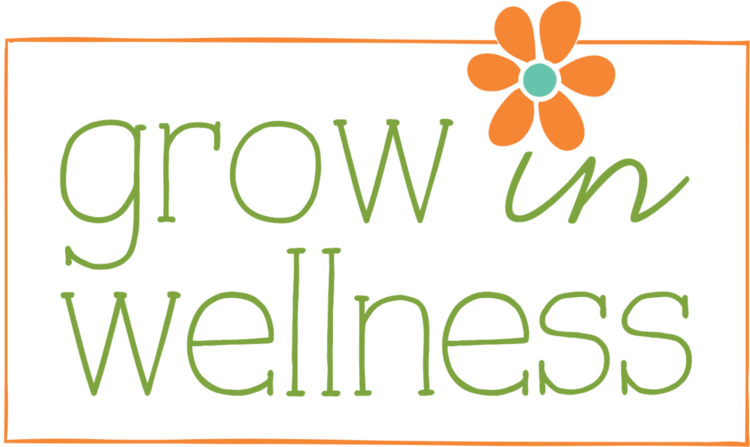What's the Big Deal About Trans Fats?
This is the first time I’ve posted about food related news, but an important decision was made by the FDA and I want to make sure you know a little about it.
The FDA just finalized their decision to ban artificially created Trans Fats in processed foods in the next three years. Hooray! This is a big admit by the FDA who for years has filed artificially created trans fats under “GRAS” (generally regarded as safe) status. GRAS is their way of saying they ‘don’t really have time to investigate, so we’ll trust the food chemists to tell us they are mostly okay’. For those of you new to this song and dance, take note: the FDA regulates 80% of the food supply and does not test every food. You will find these explanations about GRAS on their website:
“The GRAS notification program provides a voluntary mechanism whereby a person may inform FDA of a determination that the use of a substance is GRAS, rather than petition FDA to affirm that the use of a substance is GRAS.”
And this one,
“If the use of a food substance is GRAS, it is not subject to the premarket review and approval requirement by FDA.”
Here’s a little summary on how this translates to the grocery store (and your kitchen) shelves.
What’s an Artificial Trans Fat? Partially Hydrogenated Oils (PHO’s) are the main source of artificially created trans fats. They are created in a lab and are used for improving food texture and to extend shelf life of processed foods.
Where would I find it? In most processed foods. Oreos, French fries, margarines, microwave popcorn, coffee creamers, canned frostings, boxed cake mixes and baked goods, frozen pizzas and other frozen foods. Many restaurant foods will contain trans fats as well.
Why is it bad? Studies show that eating a diet that contains trans fats leads to higher body weight, heart disease and memory loss. It has shown to raise LDL (bad cholesterol) which can lead to cardiovascular disease.
What can you do? Read your ingredients list, not just the nutritional facts label. Avoid products with these words on the ingredients list: “partially hydrogenated” and “shortening”.
Why? Even if a food claims on its packaging to have "0 grams trans fat”, under current regulations, companies can make that claim if the food contains less than 0.5 grams of trans fat per serving. But if there is partially hydrogenated oil listed among the ingredients, the product will contain a small amount of trans fat. Selecting foods with even small amounts of trans fat can add up to a significant intake.
What does all this mean to you as a consumer of artificially created food products (aka processed foods)?
It means that you have to stop believing that every ingredient on a food label is good for you. Food scientists make a lot of money creating copycat nutrients, chemically altered ingredients, fake flavors and colors all to make processed foods more appealing to you. It’s the ultimate plastic surgery of our food supply.
The bottom line… when looking at a product remember the longer the shelf life, the shorter yours. Buy fresh, cook at home as much as possible and say “no” to processed foods for you and your family.
For more information, see the links below.
http://www.cspinet.org/transfat/
http://www.fda.gov/Food/GuidanceRegulation/GuidanceDocumentsRegulatoryInformation/ucm061846.htm#Q2

